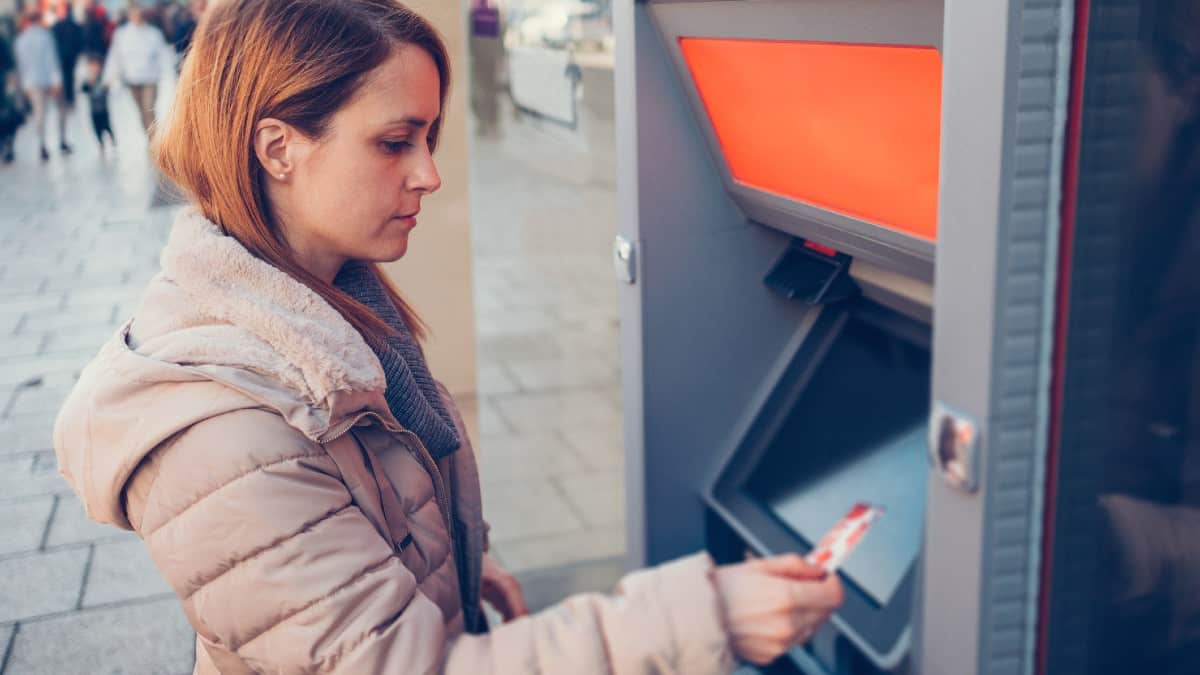Banco Santander (LSE: BNC) shares are still up for the year to date, despite last month’s banking crisis shaving 9% off their value. In fact, after hitting a 52-week low back in July, the stock is up a staggering 60%.
So how much would I have today if I’d put £1,000 into Santander shares just six months ago?
Strong performance
The share price was at 223p in the second week of October, but now stands at 309p. That’s a very healthy gain of 38% in just half a year.
I’d have £1,380 from my investment, plus an interim dividend paid in November that would have added a small amount to my overall return.
Longer term though, the performance hasn’t been as stellar, with the shares down 30% over five years (excluding dividends).
In February, the company reported strong full-year results for 2022. It grew its earnings per share (EPS) by a very impressive 23% year on year. Meanwhile, overall attributable profit soared to €9.62bn, a rise of 18%.
Executive chairman Ana Botín said of this: “The competitive advantage gained from our in-market and global scale…has allowed us to grow our customer base by 7 million in the year while achieving double digit growth in revenues and profit.”
Santander now serves 160m customers worldwide, a 56% increase from a decade ago. And its private banking segment (financial services and products offered to high-net-worth clients) also grew strongly last year, attracting almost €12bn of new money.
Moving forward, the normalisation of interest rates should continue benefiting the business.
Stewardship
If you don’t fully understand an instrument, don’t buy it. If you would not buy a specific product for yourself, don’t try to sell it. If you do not know your customers very well, don’t lend them any money. If you do these three things, you will be a better banker, my son.
Santander chairman Emilio Botín, 2008
Santander is an extremely well-run institution. The executive chair’s late father, Emilio Botín, was with the Spanish bank from 1960 until 2014. He was the third member of his family to chair the company, transforming it from a regional family firm into an international brand.
This long-term stewardship is rare in the modern world of global banking. And its focus on traditional retail and commercial banking allowed it to avoid the highly leveraged investment banking operations that triggered the financial crisis.
In fact, Santander made money every year through those troubled times, and even continued paying a dividend.
Should I invest?
Today, the company is a world leader in renewable energy financing. It has admirably used its scale to mobilise over €94bn towards green initiatives since 2019.
I also like Santander’s geographical diversification, with operations in Europe, North and South America. The latter region looks primed for major growth, as 70% of Latin America’s population is still unbanked or underbanked.
That said, South America can be politically and economically unstable at times (and so can parts of the eurozone). That can create volatility in the shares.
However, the stock trades on a price-to-earnings ratio of 6.3, which seems cheap to me. And the 3.4% dividend yield on offer is handsomely covered 4.8 times by earnings.
I’m going to add Santander shares to my portfolio this month.






